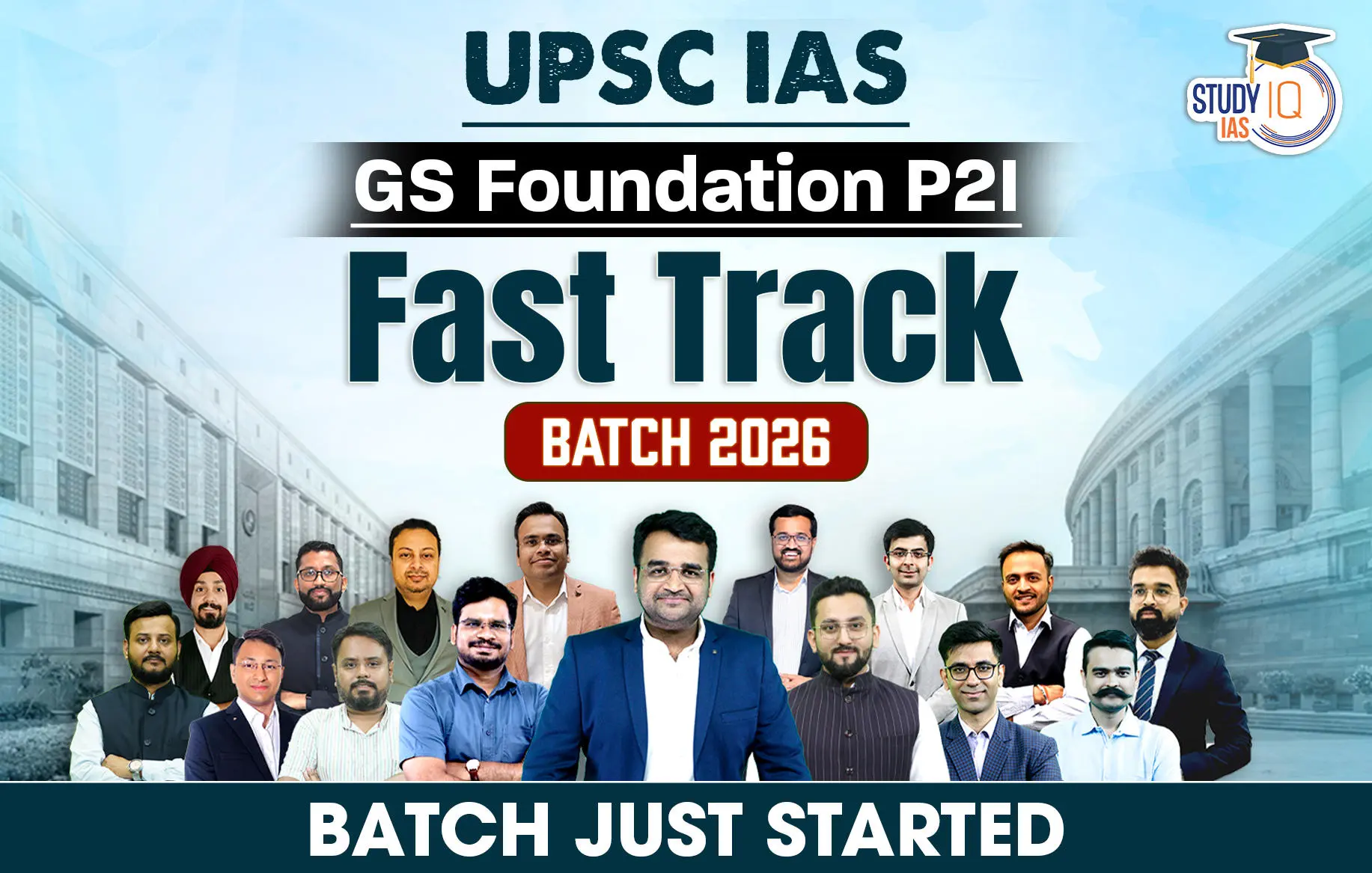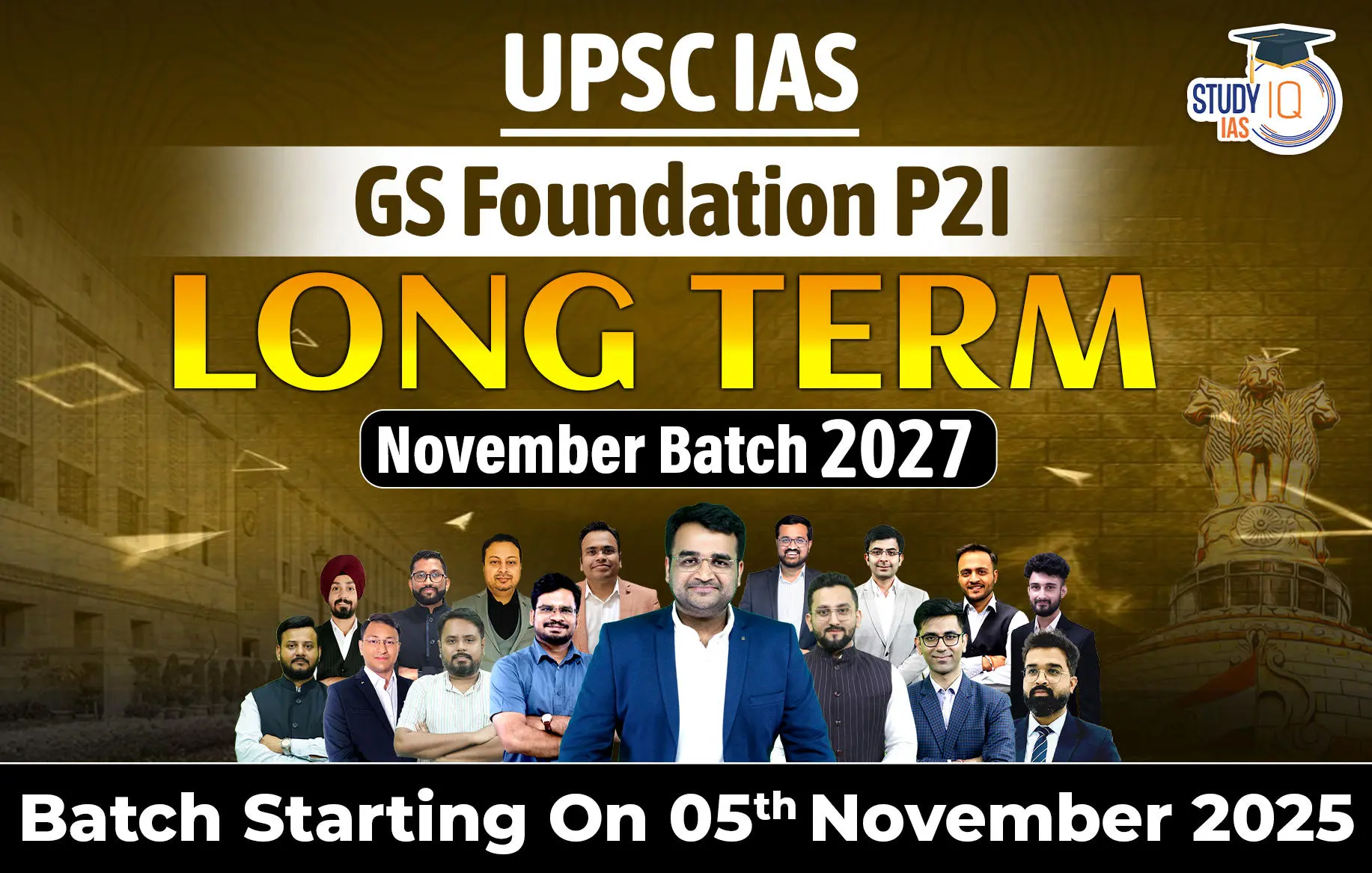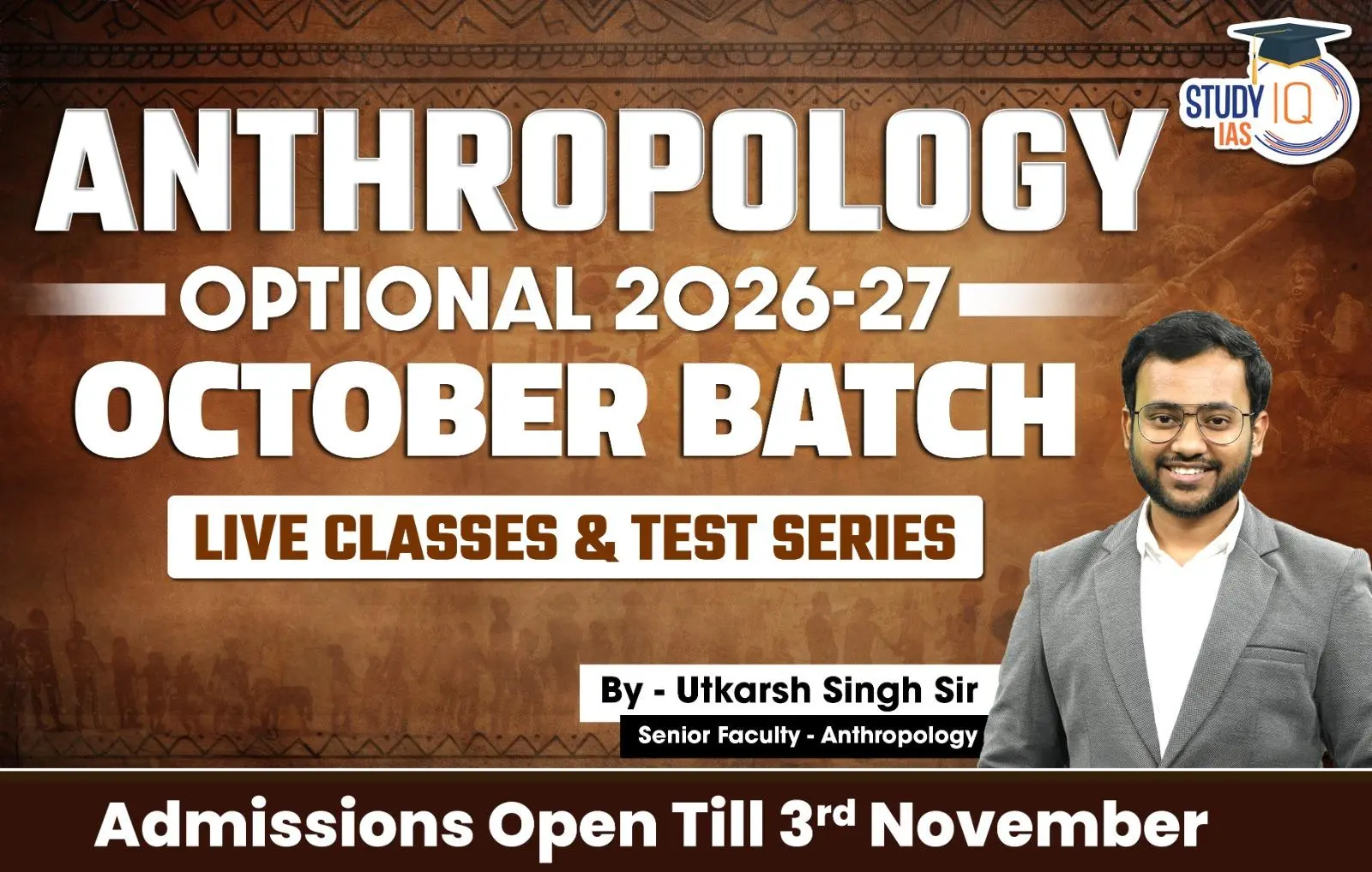Table of Contents
Context: The Household Consumption Expenditure Survey (HCES), 2022-23 illuminated the significant impact of the Public Distribution System (PDS) on diversifying household food consumption.
Objective of PDS
- The Public Distribution System (PDS) in India aims to ensure food security.
- Up to 75% of the rural population and 50% of the urban population are eligible for subsidised foodgrains under the National Food Security Act (NFSA), 2013.
- Subsidised food grains allow households to spend more on other nutrient and protein-rich food items such as vegetables, milk, pulses, eggs, fish, and meat.
Household Consumption Expenditure Survey (HCES):2022-23
- Data Collection: The survey gathered information on both food and non-food items received for free through various social welfare programs.
- Published by: National Sample Survey Office (NSSO)
- Survey Limitations: The HCES does not aim to provide precise coverage estimates for each scheme, generally showing lower coverage than administrative data.
- Errors and Data Interpretation:
- Inclusion Error: Occurs when an ineligible household consumes from the PDS.
- Exclusion Error: Happens when an eligible household does not consume foodgrains from the PDS.
- Research Utilisation: The survey enables examination of the characteristics of households that benefit from social programs, though with careful interpretation needed.
- Imputation of Free Items’ Values
- Methodology: For the first time, the NSSO has imputed values for free received items, enhancing analysis capabilities.
- Metrics Introduced:
- Monthly Per Capita Consumption Expenditure (MPCE): The ratio of monthly consumption expenditure to household size.
- MPCE with Imputation: Incorporates the imputed value of free items into the monthly consumption calculation.
- Value Settings: Imputation values are set at modal unit price and 25th percentile unit price, only for free items, not for subsidised purchases.
What are the Key Findings?
- Food Items:
- At the all-India level, about 94% of the value of imputed items in rural areas and 95% in urban areas are attributable to food items.
- The imputed value for food items for all households, including those not receiving free items, is ₹82 in rural and ₹59 in urban areas.
- MPCE Distribution
- The average MPCE among the bottom 5% of the distribution is ₹1,373 in rural and ₹2,001 in urban areas.
- 20% of those in the bottom 5% of rural MPCE distribution move to the next fractile class (5%-10%) after imputation, affecting about 86 lakh individuals.
- Similar upward movements are observed in urban areas and other fractile classes.
Implications for Poverty Measurement
- Post-report release, there is a debate on redefining the poverty line based on total value of consumption, including free items.
- In-kind social transfers have significant implications for the well-being of households at the bottom end of consumption or income distribution.

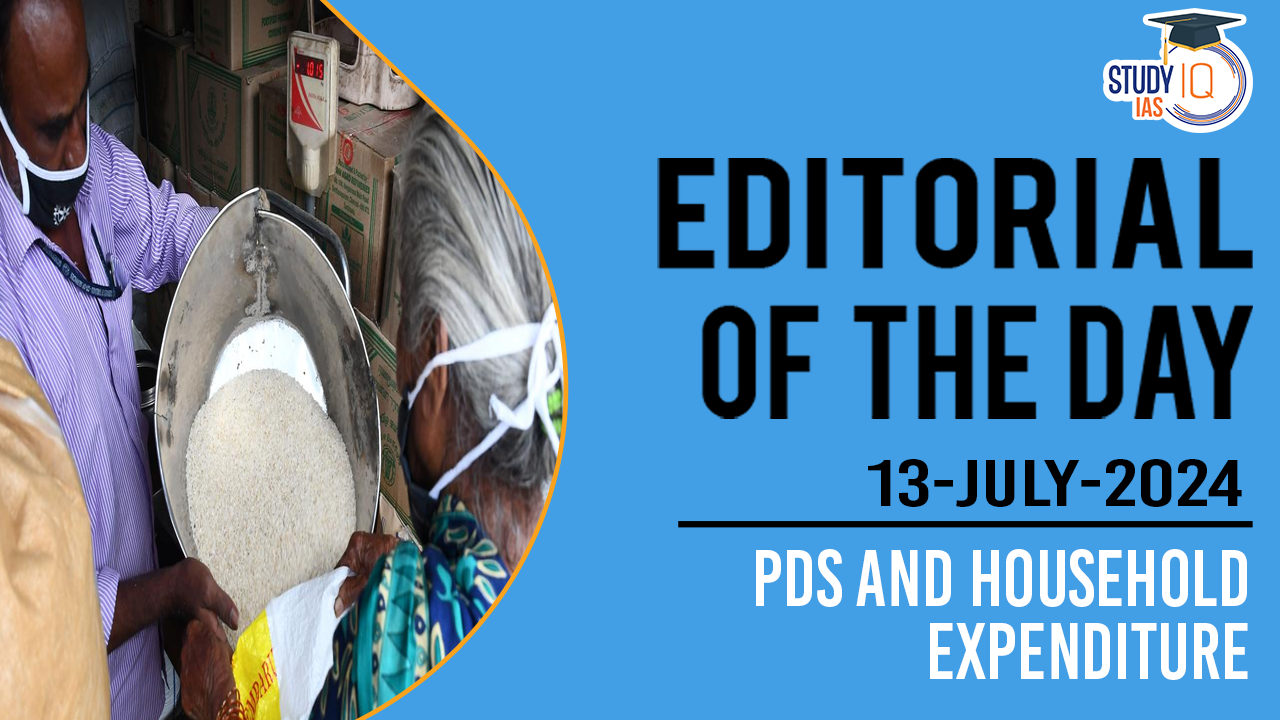
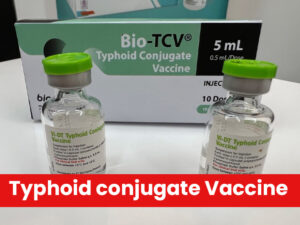 Typhoid Conjugate Vaccine (TCV): Importa...
Typhoid Conjugate Vaccine (TCV): Importa...
 Vaishvik Bhartiya Vaigyanik (VAIBHAV): C...
Vaishvik Bhartiya Vaigyanik (VAIBHAV): C...
 Advanced Driver Assistance System (ADAS)...
Advanced Driver Assistance System (ADAS)...

